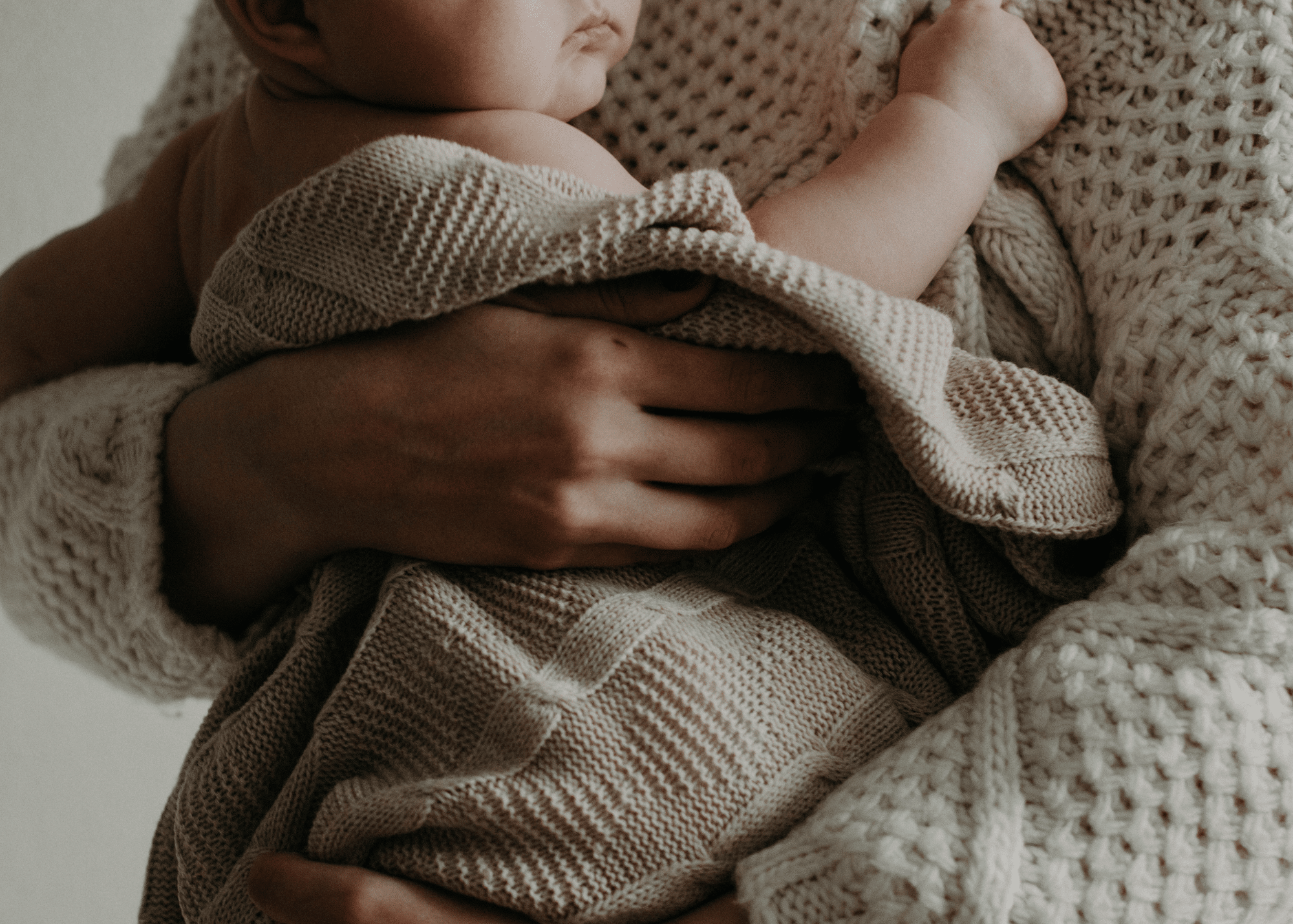
Beyond the Sparkle & Bang: A Safe and Happy July 4th
By: Allury Arora-Lal, MD, Chief Medical Officer
It’s almost that time of year again—The Fourth of July! As you pull out the red, white, and blue and begin to plan fun activities with family and friends, make sure you also take steps to ensure a safe holiday celebration.
As beautiful as fireworks and sparklers are, they create great risk if not handled properly. In fact, The U.S. Consumer Product Safety Commission estimated 11,500 emergency room-treated injuries and 9 deaths involving fireworks and over 1,100 injuries involving sparklers in 2021. Children aged 14 and younger accounted for 40% of the injuries, which should cause concern and at the same time inspire parents to be prepared.
Firework Regulations
Fireworks have been used for celebrations and festivities dating back to the 1700’s in the United States. On holidays, like July 4 or New Year’s Eve, people are accustomed to enjoying spectacular presentations. Those wishing to create their own show at home will quickly find that the ones you can buy at a roadside stand are not nearly as impressive as the ones that are used in professional shows. That is due to regulations that limit the heavy fireworks to the professionals. For safety purposes, the fuses on consumer fireworks have to burn for at least three seconds but no more than nine seconds and they must have fewer than 50mg of flash powder (about the size of half an aspirin tablet.). The laws governing fireworks vary widely from state to state, so it is important to understand your local regulations.
Understanding Fireworks
Fireworks is a general term that covers firecrackers, bottle rockets, cakes, sparklers and more. They are considered low explosive pyrotechnic devices used for entertainment purposes. Fireworks can be broken into “ground” or “aerial” categories and mostly consist of a paper tube or casing filled with combustible material. In many cases those tubes can be combined to create a string of sparkling shapes, sounds and colors.
FUN FACT: The Walt Disney Company is now the largest consumer of fireworks in the world.
Most parents are aware of the obvious dangers related to firecrackers and bottle rockets, insisting their young children not be involved in directly lighting those types of fireworks or standing close as they are set off. But sparklers may be the hidden danger. Although they may not look concerning, and children love to hold them as part of the celebrations, parents need to think twice before handing one to their child. Many are surprised to learn that those sparklers can burn at very high temperatures, from 1800 to 3000 degrees Fahrenheit—hot enough to melt some metals.
Leave it to The Pros
Fireworks can be dangerous to bystanders, as well as the person operating them, if used improperly. The parts of the body most often injured by fireworks are hands and fingers along with head, face, and ears. Typically, the most common fireworks related injuries include burns, lacerations, and foreign objects in the eyes.
If an injury does occur, you should understand how to care for your child and when to seek medical care.
Burns can range from minor to severe and how you address each will vary. Some general guidance:
- Superficial burns can look similar to a sunburn, dry and red. They can normally be treated at home with cool water, gentle cleansing, and acetaminophen and/or ibuprofen for pain.
- Partial thickness burns will present as very red and blistered. They tend to be very painful and should be evaluated by a medical professional. Home remedies should not be used.
- Full thickness burns will look charred, waxy, or white. These more extreme burns need to be evaluated in an emergency room immediately.
Lacerations will require direct, firm pressure for at least 20 minutes to control the bleeding and then gently cleanse the wound with soap and running water. If the cut is very deep or jagged, immediately take your child to an urgent care or emergency room for stitches.
Eye injuries almost always require the care of medical professional at an urgent care or emergency room. It’s important that you don’t allow your child to rub his/her eye while you await professional care.
Urgent Care for Children can treat most burns, lacerations, and eye injuries. Our pediatric trained team is also skilled at creating a calm environment and helping the child feel at ease.
Tips to Celebrate Safely
By following a few simple guidelines, you can enjoy the holiday celebrations and avoid unnecessary injuries. First and foremost, there should always be adult supervision when it comes to any type of firework. Some other things to consider in order to keep your children safe:
- Don’t allow them to get too close to the person setting them off or to the fireworks themselves.
- Make sure they know not to touch any firework or sparkler after they are set off as they can remain hot for a while.
- It is best if the person setting off fireworks lights them one at a time and make sure everyone steps back and leaves plenty of room.
- Keep a bucket of water or a garden hose handy, in case of an accident.
- To prevent injury or fire, soak fireworks (after they have had ample time to cool) with water before throwing them away.
- Consider giving your child flags or glow sticks instead of sparklers to ensure a safe and still festive night.
Fireworks are a big part of American culture, and for good reason too. They are beautiful, bring people together and can be the highlight of the celebration. So let the professionals put on the show and enjoy safely with your family and friends.



